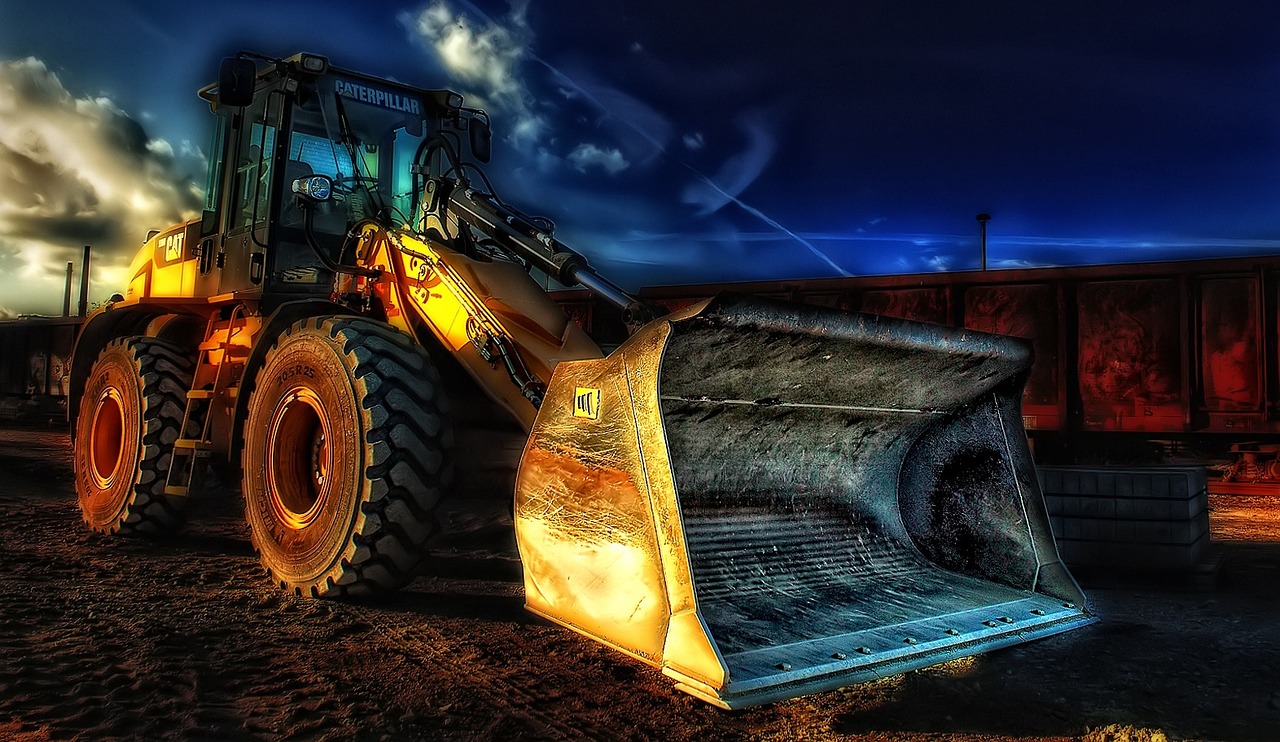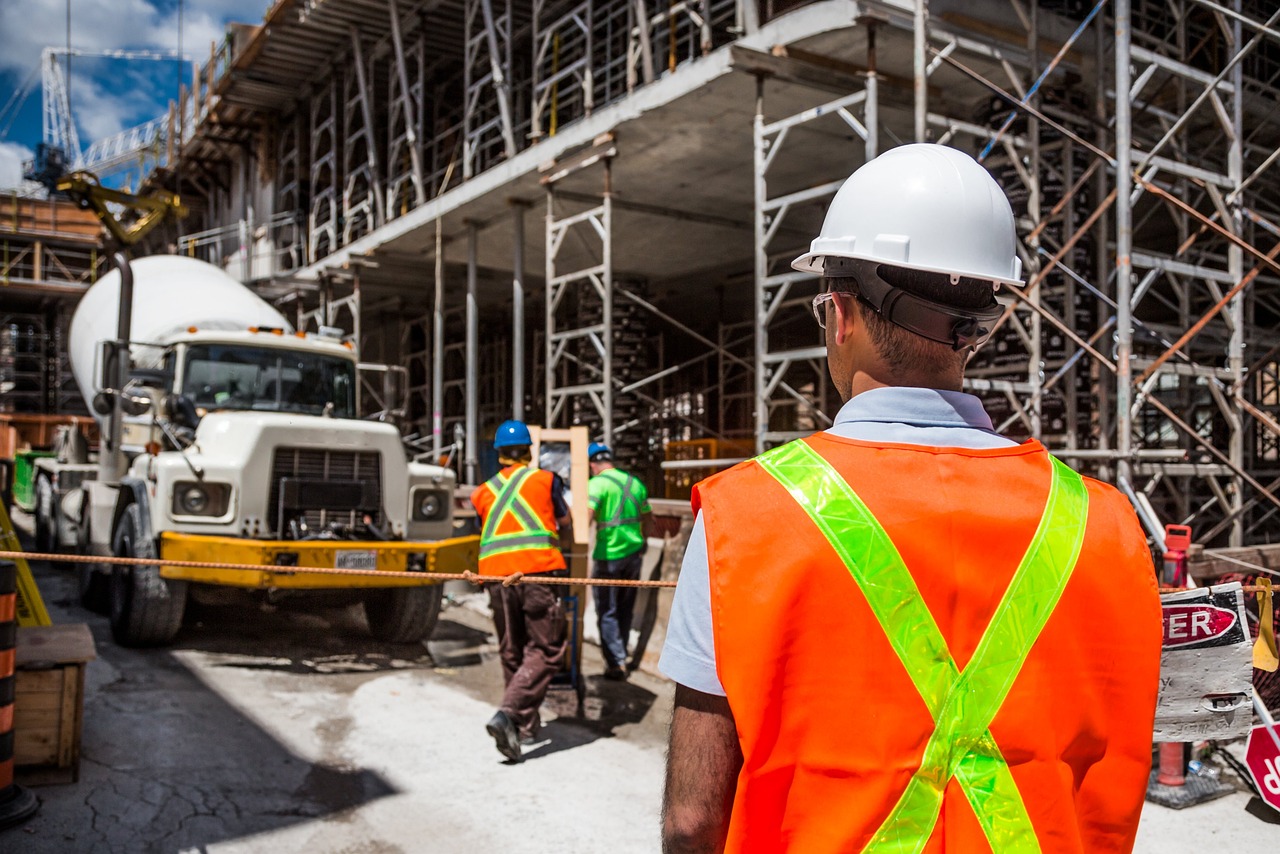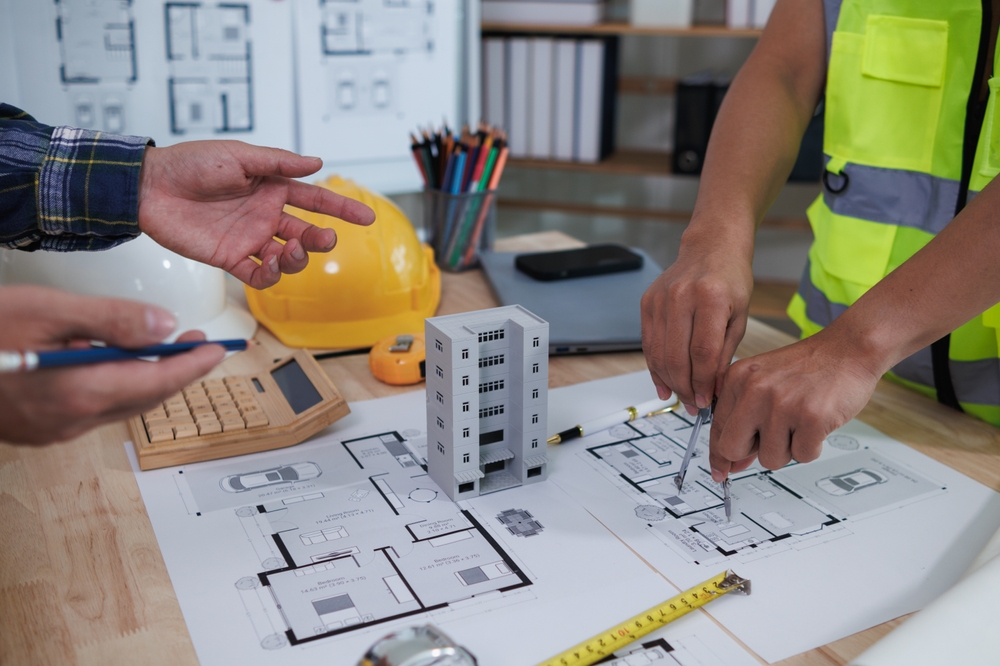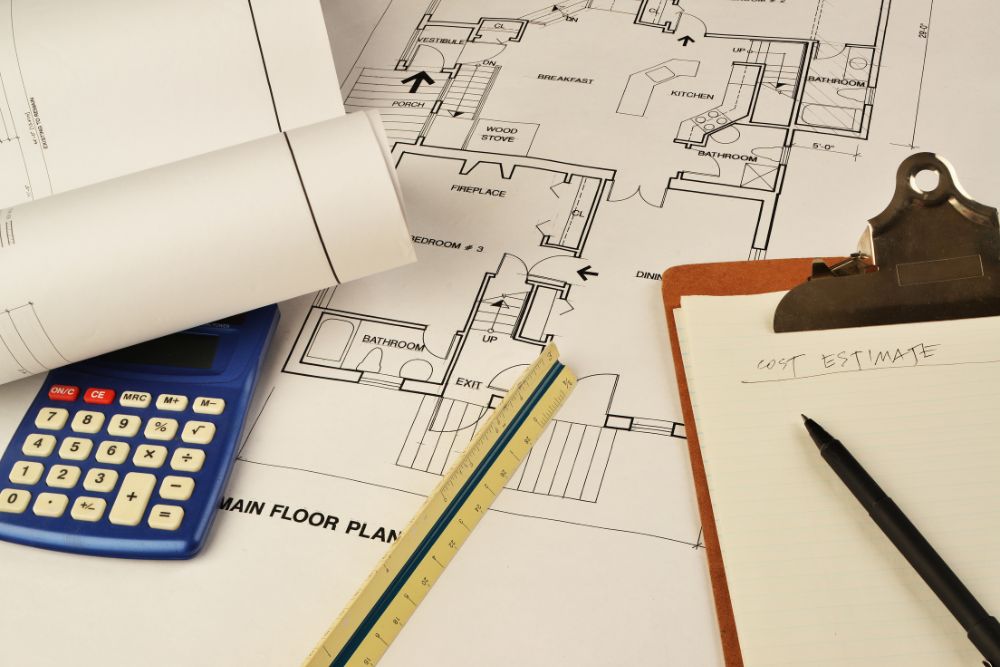Metal roofs are known for their strength, durability, and long lifespan. However, without proper insulation, they can transfer heat easily, becoming extremely hot during summer and losing warmth quickly in winter. This not only affects indoor comfort but also increases energy consumption and operating costs.
Over time, a lack of insulation can lead to condensation buildup, rust, and even damage to the roof structure. These issues may seem minor at first, but they can impact both performance and longevity if ignored.
One of the most effective solutions is foam board insulation. It’s lightweight, moisture-resistant, and offers excellent thermal protection. Installing foam board insulation on a metal roof is a straightforward process that improves comfort, prevents heat loss, and enhances energy efficiency.
In this guide, we’ll explain how to install foam board insulation on a metal roof, including the tools required, step-by-step installation, and best practices for long-term results.
What Is Foam Board Insulation?
Foam board insulation, often called rigid foam, comes in solid panels made from materials like expanded polystyrene (EPS), extruded polystyrene (XPS), or polyisocyanurate (Polyiso). These boards are built to keep heat where it belongs, inside during cold months and outside during the summer.
What makes foam board different from traditional insulation, like fiberglass, is its structure. It doesn’t sag, compress, or lose shape over time. Once it’s installed, it forms a firm, continuous layer that blocks air leaks and keeps temperatures steady all year round.
Another big plus is moisture resistance. Since metal roofs can trap condensation, foam boards help prevent that buildup, reducing the risk of rust or corrosion. They also add a bit of extra strength to the roof system itself.
Simply put, foam board insulation is a smart, long-lasting way to boost comfort, lower energy costs, and protect your metal roof from wear and tear.
Benefits of Installing Foam Board Insulation on a Metal Roof
Adding foam board insulation to a metal roof does more than just control temperature; it improves comfort, saves energy, and extends the life of your roof. Here are some key benefits worth noting:
1. Better Temperature Control
Foam boards provide excellent thermal resistance, which means your building stays cooler in the summer and warmer in the winter. This balance keeps indoor spaces comfortable without putting extra strain on your HVAC system.
2. Lower Energy Costs
Because foam board insulation reduces heat loss and gain, your heating and cooling systems don’t have to work as hard. Over time, that translates to noticeable savings on your utility bills.
3. Reduced Condensation and Moisture
Metal roofs can collect condensation, especially in humid areas. Foam board insulation acts as a moisture barrier, helping prevent water buildup that could lead to rust, corrosion, or mold.
4. Noise Reduction
Rain, hail, or wind hitting a metal roof can be noisy. Foam boards help absorb sound, making indoor spaces quieter and more comfortable.
5. Long-Lasting and Low Maintenance
Foam board insulation doesn’t sag, shrink, or settle over time. Once installed, it continues to perform well for years with very little upkeep.
6. Easy to Install
Unlike spray foam or fiberglass, foam board insulation is simple to cut, handle, and fit into place. Even DIYers can install it with basic tools and some careful planning.
Tools and Materials Needed to Install Foam Board Insulation
Before you start installing foam board insulation on your metal roof, make sure you have the right tools and materials ready. Having everything on hand will make the process smoother and help you avoid interruptions during installation.
Materials:
- Foam Board Insulation Panels: Choose the right type and thickness for your project — typically EPS, XPS, or Polyiso boards ranging from 1 to 2 inches thick.
- Construction Adhesive: Use an adhesive specifically designed for foam board to ensure strong bonding without damaging the material.
- Fasteners and Washers: Metal screws with large washers help secure the boards firmly to the roof structure.
- Sealant or Foil Tape: For sealing joints and gaps to prevent air or moisture leaks.
- Vapor Barrier (Optional): Adds an extra layer of protection against condensation and moisture.
Tools:
- Measuring Tape: For accurate measurements before cutting the panels.
- Utility Knife or Insulation Cutter: To cut foam boards cleanly to size.
- Caulking Gun: For applying sealant along seams and edges.
- Screw Gun or Drill: To fasten the panels securely to the roof.
- Marker or Chalk Line: To mark cutting and placement lines.
- Protective Gear: Gloves, safety goggles, and a dust mask to ensure safe handling during cutting and installation.
Preparing Your Metal Roof for Foam Board Installation
Before installing foam board insulation, it’s important to get your metal roof ready. A little preparation goes a long way in making sure the insulation lasts and performs well.
- Check the Roof: Look for any rust, loose screws, or damage. Fix these issues before you start so the insulation sits properly and stays secure.
- Clean the Surface: Sweep or wash off any dirt, dust, or debris. A clean surface helps the boards stick better and stay in place.
- Dry the Roof: Make sure the roof is completely dry. Moisture can cause rust or mold later on.
- Measure and Mark: Measure your roof and mark where each foam board will go. This helps you work neatly and avoid wasting material.
- Get Tools and Safety Gear Ready: Have your materials and tools close by before starting. Wear gloves, non-slip shoes, and a safety harness if you’re working on a high or steep roof.
Step-by-Step Guide: How to Install Foam Board Insulation on a Metal Roof
Installing foam board insulation on a metal roof requires precision and proper technique to ensure long-lasting performance. Follow these professional steps to achieve an efficient and secure installation:
Step 1: Measure and Cut the Foam Boards
Measure the roof accurately and cut the foam boards to size using a utility knife or insulation saw, ensuring a snug fit with minimal gaps.
Step 2: Apply Adhesive
Apply a quality construction adhesive to the back of each foam board to help hold it in place, especially on sloped or uneven surfaces.
Step 3: Position the Foam Boards
Lay the boards over the clean, dry metal surface, starting from one corner, and press each firmly to ensure proper alignment and adhesion.
Step 4: Secure the Boards
Use self-tapping screws with washers or insulation fasteners to fix the foam boards securely. Space fasteners evenly, around every 12–16 inches, and avoid overtightening.
Step 5: Seal the Joints
Seal all seams and edges with foil tape or spray foam to create an airtight barrier, preventing air leaks and moisture infiltration.
Step 6: Install a Vapor Barrier (If Required)
In areas with high humidity or extreme temperatures, install a vapor barrier over the insulation and secure it with adhesive or fasteners as per the manufacturer’s instructions.
Step 7: Reinstall or Attach Roof Panels
After insulation and vapor barrier installation, reinstall the roof panels or final roofing material, checking all fasteners and seams for a secure, watertight finish.
Safety Tips for Installing Foam Board Insulation on Metal Roofs
Installing foam board insulation on a metal roof can be risky, so it’s important to follow some safety rules.
- Wear Protective Gear: Always use gloves, safety goggles, a mask, and long sleeves to protect your hands, eyes, lungs, and skin from insulation dust and sharp edges.
- Stay Safe on the Roof: Metal roofs can be slippery. Wear non-slip shoes and use a safety harness or other fall protection if needed.
- Handle Tools Carefully: Be careful when using knives, cutters, or staple guns. Keep tools in good condition and store them safely when not in use.
- Work on Dry Surfaces: Avoid working on wet or icy roofs to prevent slipping and to make sure adhesives stick properly.
- Follow Product Instructions: Use adhesives, fasteners, and insulation materials according to the manufacturer’s guidelines to avoid problems or injuries.
- Keep the Area Ventilated: If you are using adhesives or sealants, make sure the area is well-ventilated to avoid breathing in fumes.
FAQs
How do you attach foam board insulation to a metal roof?
You can attach foam boards using screws with washers, insulation fasteners, or construction adhesive. Make sure the roof is clean and dry before you start.
Can you put insulation directly against a metal roof?
Yes, foam board can go directly on a metal roof, but the surface must be clean and dry. Seal all edges and seams to prevent moisture and improve insulation.
Can I glue foam board to metal?
Yes, a good construction adhesive works well on metal. For extra security, you can also use screws or fasteners along with the glue.
How much does spray foam insulation cost?
Spray foam usually costs about $1 to $3 per board foot (1 square foot at 1-inch thickness). Prices can vary depending on roof size, materials, and labor.
Do you need an air gap under a metal roof?
Sometimes an air gap is helpful. It improves ventilation and reduces condensation. But if the foam board is properly sealed, an air gap may not be necessary in some cases.
Conclusion
Installing foam board insulation on a metal roof helps save energy, keep your building comfortable, and protect the roof from moisture. By measuring carefully, preparing the roof, and following the steps, you can ensure the insulation lasts a long time.
Always follow safety precautions, seal all joints, and avoid common mistakes to get the best results. Proper insulation not only reduces energy costs but also extends the lifespan of your metal roof.
For expert advice and professional installation services, Prime Estimation can help you every step of the way. Contact us today to ensure your metal roof insulation is done efficiently, safely, and correctly.













